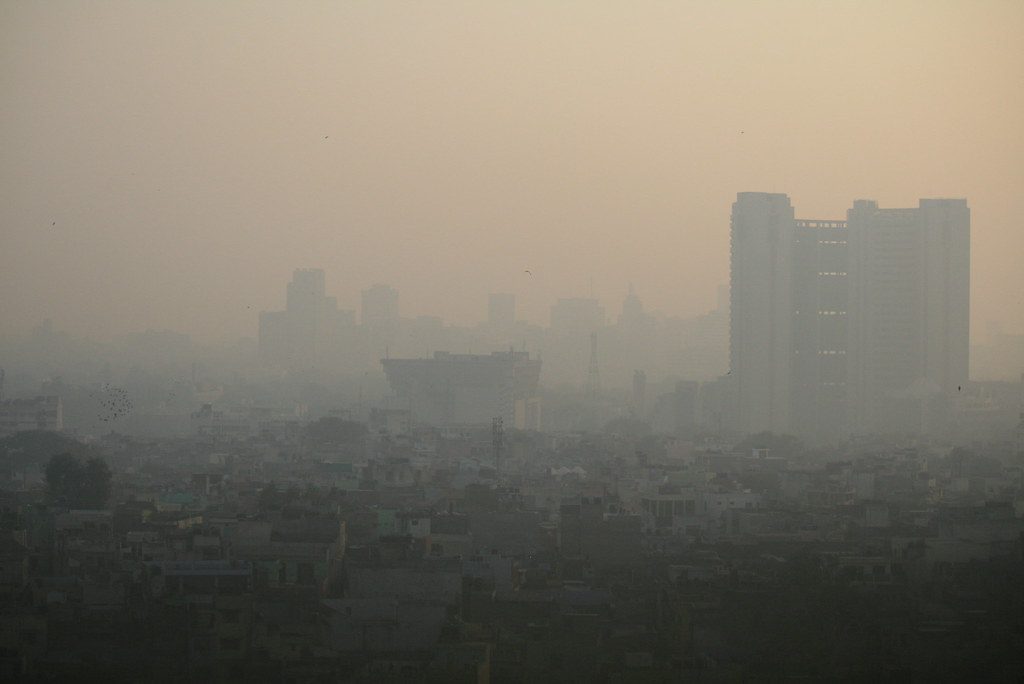Asia's Persistent Pollution Problems Weigh on Tourism Opportunities

Skift Take
If China can make good progress to reduce pollution levels, why can't other Asian countries do it? Makes us sick — pun intended — just thinking about it.
When a hotel upgrade consists of an in-room air purifier, you know pollution has gone too far. Or when executives, especially those with children, start turning down job offers or requesting a new post because they can see through the heavy smog that this isn’t the way to live or the place to work.
Asia dominates the list of world’s most polluted countries, with Bangladesh, Pakistan, India, Indonesia, China, Vietnam, Sri Lanka, and Thailand among the top 25, according to the recently released 2018 World Air Quality Report by IQAir AirVisual.
This unwanted distinction for Asia carries lots of implications for the tourism industry, as travelers and industry workers pay closer attention to pollution levels.
The Middle East also ranks high, with Bahrain, Kuwait, and United Arab Emirates among the top 10.
Delhi took the cake as the world’s most polluted capital city in 2018. In Southeast Asia, the capitals Jakarta and Hanoi, are worst, while a number of Thai cities also rank high. In fact, Chiang Mai, one of the most visited cities in Thailand, had the dubious honor of beating Delhi for a period in March this year, when seasonal open burning produced the worst pollution in memory the city had ever seen.
Open burning, where land is burned to provide a richer nutrient environment for future crops, is a huge source of pollution in Southeast Asia, particularly in Indonesia. In 2015, it sparked the worst "haze crisis" since 1997 through transboundary air pollution across neighboring countries, causing an estimated 100,000 premature deaths, flaming diplomatic tensions, and crippling tourism arrivals growth.
Thailand’s Chiang Mai is still suffering from the effects of open burning this year, which lasts from February to April. “This has continued, year after year for the last 10 years at least, with no improvements. And this year is the worst I’ve experienced,” said a retired travel industry veteran residing in Chiang Mai for over 20 years.
“Whole mountainsides are set alight. The forest carpet and the dry leaves emit massive volumes of toxic smoke. Smoldering then continues for days. And it is not restricted to Chiang Mai or Chiang Rai provinces,” said the Chiang Mai industry veteran. “A few years ago I drove the 300 kilometers from Chiang Mai to Nan, and did not see a single patch of unburned forest, except obviously in national parks. Basically, the whole of Northern Thailand burns. Small animals, insects, young trees, and p
